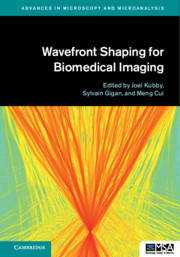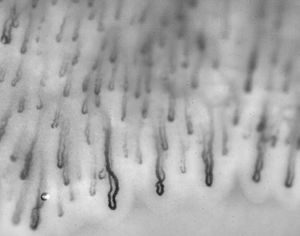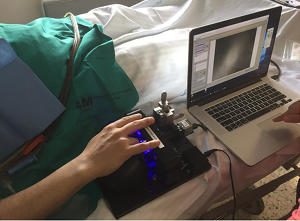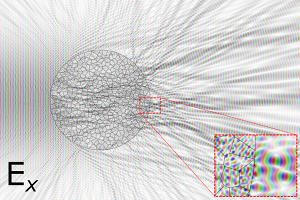Together with Optos PLC (a Nikon company), we are looking for an EngD research student to develop a new OCT technique for retinal imaging. https://cdtphotonics.hw.ac.uk/project/hybrid-optical-digital-coherence-tomography/ The 4 year doctoral programme includes a 9 months study programme followed by the research project at the company. Start date: September
A similarly study programme is available with Ceres Holographics Ltd, based in the Kingdom of Fife, Scotland. In this project we will develop holographic films for head-up displays and other applications: https://cdtphotonics.hw.ac.uk/project/advanced-holography-for-augmented-reality-head-up-displays/
In collaboration with the School of Life Sciences we are also recruiting a PhD student and two postdoctoral researchers to develop adaptive optical microscopy techniques that enable us to image deeper into biological tissue. This will be tested in close collaboration with developmental biologists to study cell migration in the initial stages of embryo development at the School of Life Science. The researchers will be involved in all stages of the project, from design of the microscope’s adaptive optics to its application in biology, and the computational light propagation and image formation.
More details on the open positions can be found here: https://sites.dundee.ac.uk/vettenburg/jobs/ and https://www.findaphd.com/phds/project/computational-light-microscopy-making-the-invisible-visible/?p133012
Do not hesitate to get in touch if any of these positions sounds interesting to you.
 Together with K. Dholakia I authored a book chapter “Shaped Beams for Light Sheet Imaging and Optical Manipulation” in the book “Wavefront Shaping for Biomedical Imaging” (online ISBN:
Together with K. Dholakia I authored a book chapter “Shaped Beams for Light Sheet Imaging and Optical Manipulation” in the book “Wavefront Shaping for Biomedical Imaging” (online ISBN: 
 Our work on automated detection of neutropenia is published in the American Journal for Hematology! The blood flow in the capillaries is imaged through the nail-fold skin. Machine learning techniques are applied to detect the location of the capillaries in the image, and spatio-temporal correlations are analysed per capillary. Read more here:
Our work on automated detection of neutropenia is published in the American Journal for Hematology! The blood flow in the capillaries is imaged through the nail-fold skin. Machine learning techniques are applied to detect the location of the capillaries in the image, and spatio-temporal correlations are analysed per capillary. Read more here:  Biological samples, often the subject of optical microscopy, tend to be rather heterogeneous. This affects the propagation of the electromagnetic field of light. While the Maxwell’s laws underlying the propagation of electromagnetic waves in such tissue are well-understood; accurate numerical calculation does not scale well. Even the sub-millimeter-sized sample areas in microscopy pose significant challenges. Recently this changed. Osnabrugge et al. proposed a
Biological samples, often the subject of optical microscopy, tend to be rather heterogeneous. This affects the propagation of the electromagnetic field of light. While the Maxwell’s laws underlying the propagation of electromagnetic waves in such tissue are well-understood; accurate numerical calculation does not scale well. Even the sub-millimeter-sized sample areas in microscopy pose significant challenges. Recently this changed. Osnabrugge et al. proposed a